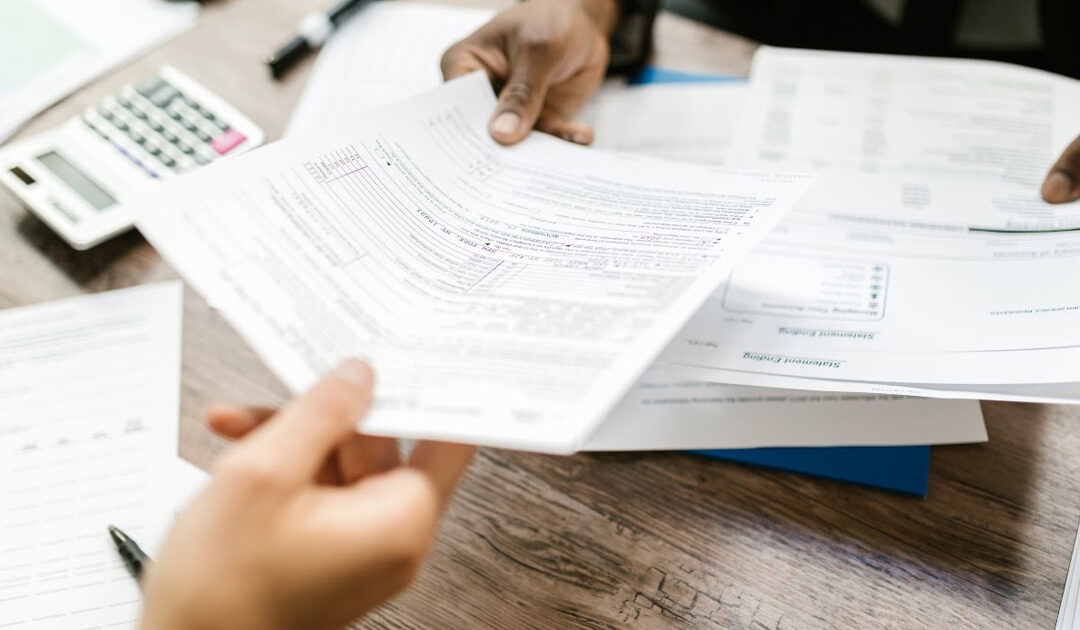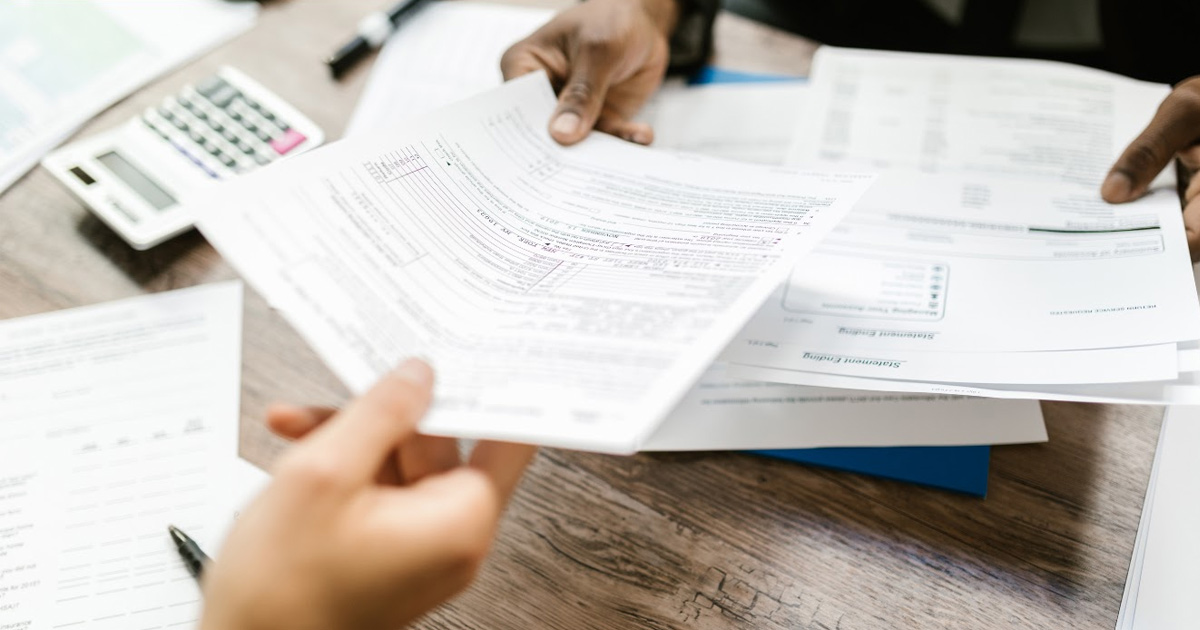
Top Challenges Faced by International Students and How World Document Services Can Help

The journey of an international student is a tapestry woven with dreams, aspirations, and challenges. Venturing into new territories often comes with its set of hurdles. From cultural transitions to the urgent need for duplicate marksheets, the life of an international student is dotted with unique challenges. In this backdrop, World Document Services emerges as a beacon of hope, offering comprehensive document services solutions to ensure a seamless academic voyage abroad.
Understanding the Complex Landscape of International Students’ Challenges
- Navigational Hurdles: From understanding the academic system to decoding evaluation methodologies, international students often grapple with the unfamiliar terrain of a new educational structure.
- Documentary Delays: Whether it’s the long wait for marksheet transcripts or the quest for duplicate marksheets in case of loss, documentary challenges can slow down a student’s academic momentum.
- Cultural Transition: While not strictly academic, the cultural shift can be a major challenge. Understanding and assimilating into a new environment while staying true to one’s roots is a delicate balance to achieve.
World Document Services: The Answer to Challenges
- Fast-Track Document Processing: Say goodbye to the agonizing wait. Whether it’s marksheet transcripts or other vital academic documents, World Document Services ensures swift processing to keep your academic journey on track.
- Duplicate Marksheet Solutions: Misplaced your marksheet? Don’t fret. With World Document Services, getting a duplicate marksheet is a hassle-free affair, ensuring that document loss doesn’t hamper your academic pursuits.
- Global Reach, Local Touch: Catering to international students doesn’t mean ignoring local nuances. World Document Services understands the unique needs and challenges of every region, providing document services solutions tailored to each student’s context.
Streamlining the Academic Voyage with World Document Services
Being an international student is not just about pursuing education abroad; it’s about seamlessly integrating into a global community. At every step, challenges may arise, but with the right partner like World Document Services, solutions are always within reach. From ensuring you have the right marksheet transcripts to assisting with duplicate marksheets, World Document Services stands with international students, illuminating their path with expert document services solutions.
Conclusion
The road for international students is marked with challenges, but with reliable allies like World Document Services, it becomes a journey of growth, discovery, and success. Dive into the world of academics with confidence, knowing that for every documentary challenge, World Document Services has a solution ready.





 Call Us
Call Us Mail Us
Mail Us WhatsApp
WhatsApp
